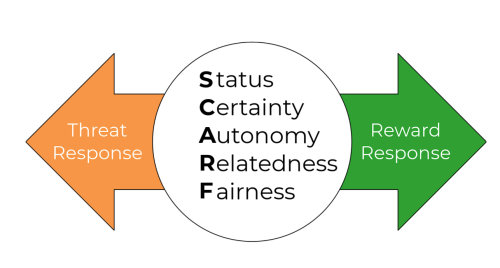
Training and development needs must align with the new fast-paced work environment. Bite-sized learning allows this to happen.
What is bite-sized learning?
Bite-size learning is usually described as small, self-contained e-learning modules that typically range from 1-15 minutes in duration. These short modules focus on one or two tightly defined learning objectives and are characterised as being very accessible, such as, through mobile apps.
Why the move towards bite-size learning?
We now have so much information literally at our fingertips. We need a recipe for dinner - we look on Google, we need to check the weather forecast – we check the weather app, and so on. Our training programs also need to keep up by being available in real-time and on-demand. If we need some quick strategies to deal with a challenging conversation with a client – we need it now, not in three months when the traditional face-to-face training session is scheduled. There is also discussion around shortened attention spans in our growing ‘on-demand’ culture, in particular, with millennials. Offering bite-size learning can positively address these issues.
Some of the benefits of offering bite-sized learning include:
- Increased learner engagement
- Alignment with our natural energy ebbs and flows
- Modules can be easily digested and retained effectively
- Adapting to the modern learner
- Getting maximum benefit through minimal input
If you want to start creating bite-size learning modules as part of a training program, here are 7 tips on getting it right.
1. The rule of one
Stick to ONE learning objective – introduce one concept to digest, induce one change in behaviour or attitude to fulfil one learning objective
2. Be Engaging!
Engage your audience from the start! Just because it is short does not mean it is not boring!
3. Keep it lean
Remove the fluffy, nice-to-know stuff and get to the point. Be direct and use a variety of media to keep your content crisp.
4. Group Content
Group similar content together so learners can see the relevant points. Chunk according to category, relevance or other variables that makes it easier for learners to process and retain the knowledge – effective chunking is all about making sense of the information – do it to make information more meaningful.
5. Consider learning styles
Offer content that suits different learning styles – visual, auditory, kinaesthetic.
6. Stay up to date
Keep your content up-to-date and relevant.
7. Make it accessible
Make content available for learners to access at their own place and pace.







